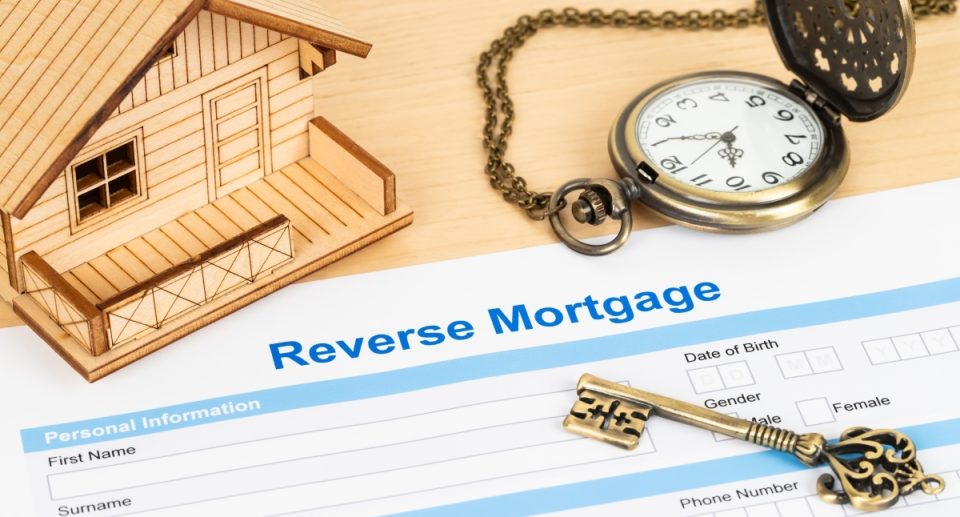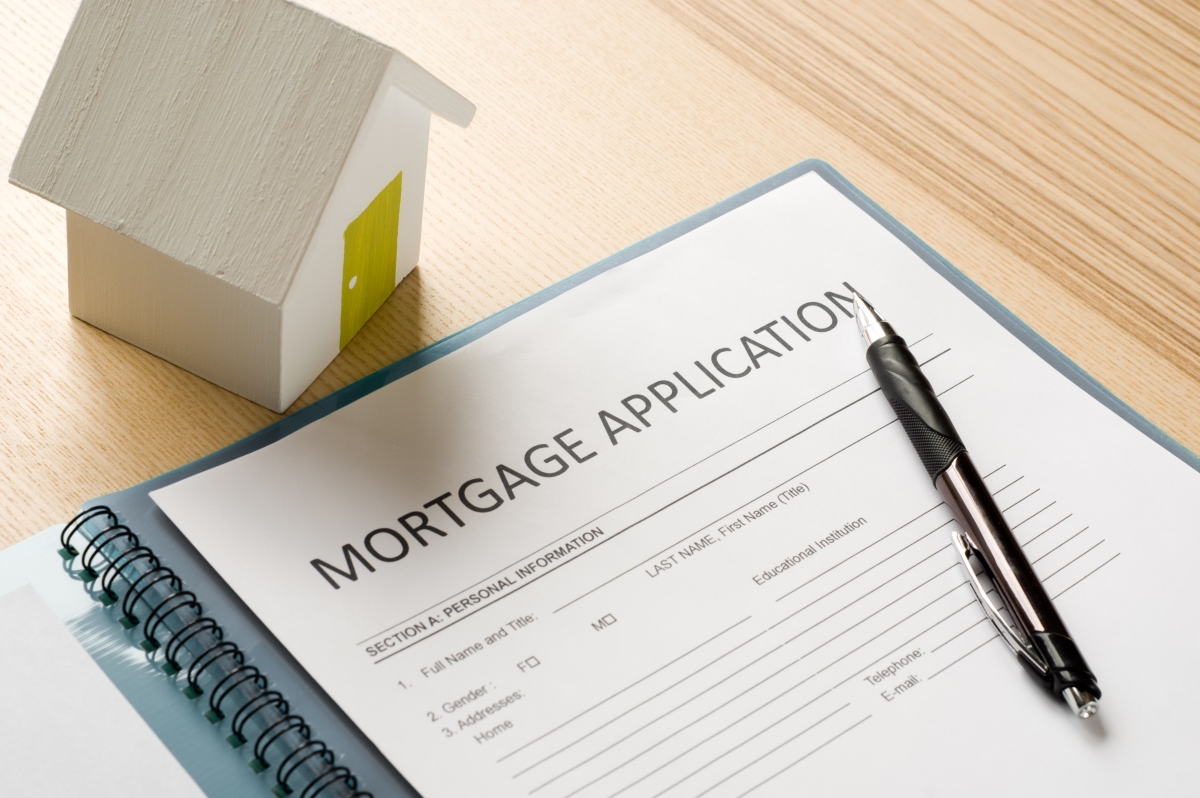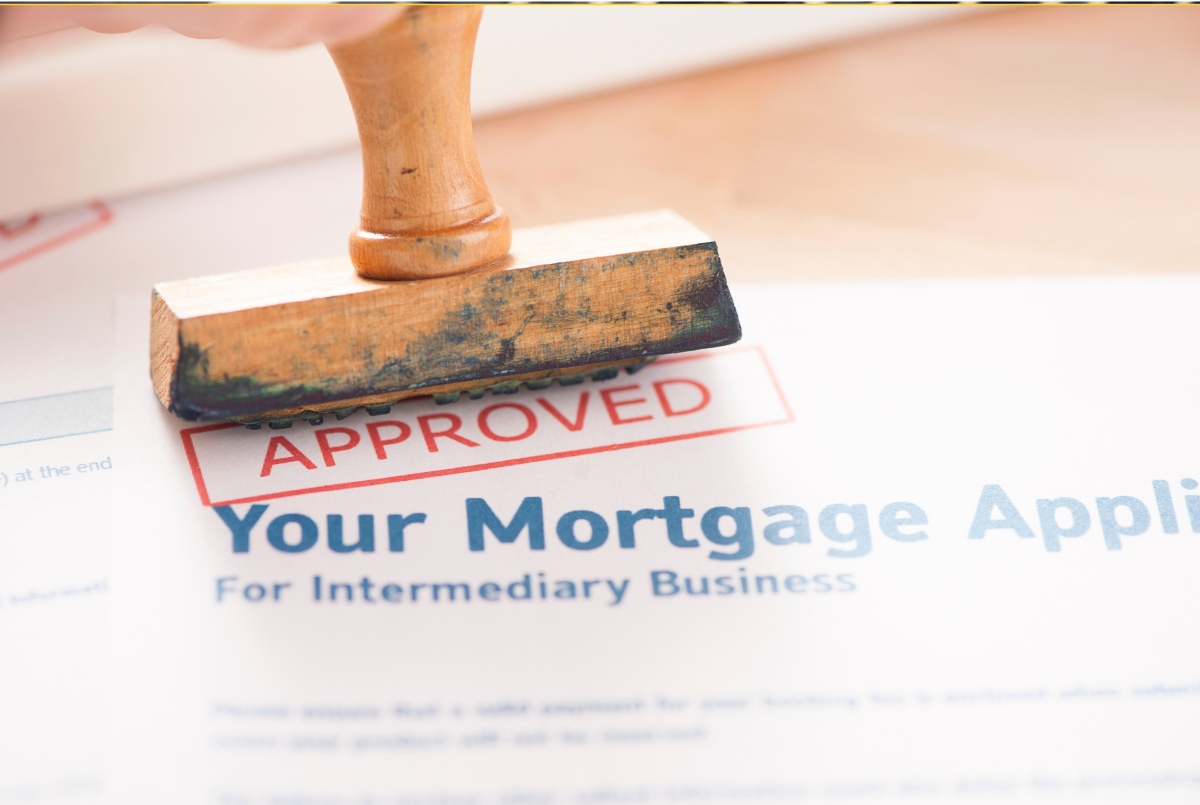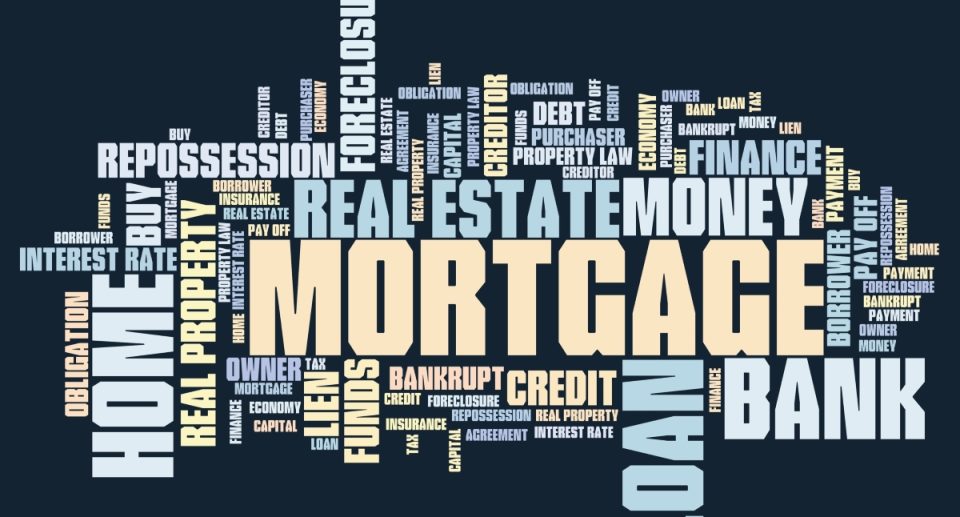The Application Process for a Second Reverse Mortgage: Step-by-Step

Reverse mortgages can be a valuable financial tool for seniors, offering access to home equity without requiring monthly mortgage payments. While many are familiar with a first reverse mortgage, a second reverse mortgage can provide additional financial support if needed. Understanding the application process for a second reverse mortgage is crucial for making informed decisions and ensuring a smooth experience. This guide will walk you through each step, helping you navigate the process with confidence and clarity.
Understanding a Second Reverse Mortgage

A second reverse mortgage allows homeowners to access additional funds from their home’s equity beyond what was obtained from the first reverse mortgage. This type of loan is particularly useful for those who need extra financial support, perhaps due to unexpected expenses or lifestyle changes. Unlike a traditional home equity loan, a second reverse mortgage does not require monthly payments and is repaid when the home is sold, the borrower moves out, or passes away. It’s essential to weigh the benefits, such as increased cash flow, against potential drawbacks like reduced home equity for heirs. Understanding these aspects will help you decide if this financial tool is right for your needs.
Assessing Your Eligibility

Before applying for a second reverse mortgage, ensure you meet the following criteria:
- Age Requirement: You must be at least 62 years old. If applying jointly, both spouses must meet this age requirement.
- Home Ownership: You should own your home outright or have a low mortgage balance. The home must be your primary residence.
- Financial Stability:
- Income: Provide proof of a stable income to show you can manage property taxes, homeowners insurance, and maintenance costs.
- Credit Score: While credit score requirements may be more lenient than traditional loans, a good credit history can strengthen your application.
- Home Value and Condition:
- Appraisal: The home must be appraised to determine its current market value. Ensure the property is in good condition to meet lender standards.
- Repairs: Address any significant repairs or issues before applying, as these can affect the appraisal and approval process.
Meeting these eligibility requirements is crucial for securing a second reverse mortgage and maximizing its benefits.
Gathering Required Documentation
Collecting the right documents is essential for a smooth reverse mortgage application. Here’s what you’ll need:
- Proof of Income: Include recent pay stubs, pension statements, or Social Security benefit letters.
- Credit History: Document your credit report, showing your financial reliability.
- Tax Returns: Submit your federal tax returns for the past two years to verify income and financial stability.
- Home Appraisal: Arrange for a professional appraisal to establish your home’s value.
- Property Documents: Gather your property deed and mortgage statements, if applicable.
Organizing these documents beforehand can streamline the application process and help avoid delays.
Finding a Lender

Selecting the right lender for a second reverse mortgage is essential to getting favorable terms and a smooth process. Consider the following steps:
- Reputation: Research lenders with strong reputations and positive reviews from previous clients. Reliable lenders will have a track record of customer satisfaction and transparent practices.
- Licensing and Certification: Verify that the lender is licensed and certified to offer reverse mortgages in your state. This ensures they meet regulatory standards and can provide reliable service.
- Questions to Ask:
- Loan Terms: What are the specific terms and conditions of the reverse mortgage? Understand interest rates, loan limits, and how they may affect you.
- Fees and Costs: Inquire about all fees, including origination fees, closing costs, and other charges. Be aware of potential additional costs that could impact your loan.
- Prepayment Penalties: Ask if there are any penalties for early repayment or refinancing. This information is crucial for understanding your long-term financial flexibility.
- Compare Offers: Obtain quotes from multiple lenders and compare their offers. Look at the overall cost of the loan, including interest rates, fees, and other terms. This comparison will help you choose the most favorable option.
The Application Process

The application process for a second reverse mortgage involves several key steps:
- Complete the Application Form: Fill out the application with detailed personal and financial information. Ensure all details are accurate to avoid delays.
- Application Review: The lender will review your application, including your financial documents and home appraisal. Be prepared to provide additional information if requested.
- Financial Counseling: You’ll need to undergo counseling with a HUD-approved counselor. This session provides information about reverse mortgages and ensures you understand the terms and implications.
- Loan Approval: The lender will decide once your application and counseling are complete. You’ll receive a loan estimate outlining the terms and conditions if approved.
Home Appraisal and Inspection

A home appraisal and inspection are critical steps in securing a second reverse mortgage:
- Purpose of Appraisal: The appraisal determines your home’s current market value, influencing the amount you can borrow.
- Preparing for Appraisal: Ensure your home is in good condition. Address any major repairs and updates to improve its appeal and value.
- Understanding the Report: Review the appraisal report carefully. It will detail your home’s value and may include recommendations for repairs or improvements.
- Impact on Loan: The appraisal results will affect your loan approval and terms. A higher home value can lead to a larger loan amount.
Loan Approval and Closing

Once your second reverse mortgage application is approved, the final steps involve closing the loan:
- Finalizing Terms: Review and agree to the final loan terms, including interest rates, fees, and repayment conditions. Make sure you understand all aspects before proceeding.
- Signing Documents: The loan documents include the final agreement and any disclosures. Ensure all information is correct and complete.
- Closing Costs: Be prepared to pay any closing costs, such as origination or appraisal fees. These costs are typically deducted from the loan proceeds.
- Fund Disbursement: The funds from your second reverse mortgage will be disbursed according to the agreed terms after closing.
Managing Your Second Reverse Mortgage

Effectively managing your second reverse mortgage involves:
- Utilizing Funds Wisely: Use the funds from the reverse mortgage for their intended purposes, such as covering expenses or investments, while maintaining a balanced budget.
- Ongoing Costs: Continue paying property taxes, homeowners insurance, and maintenance costs. These responsibilities remain, and failure to meet them can affect your loan.
- Monitoring Loan Status: Review your loan balance and terms regularly. Track how interest accrues and understand its impact on your home equity.
- Maintaining Communication: Stay in touch with your lender for updates and support. Address any issues promptly to avoid complications.
Conclusion

Navigating the application process for a second reverse mortgage involves understanding eligibility requirements, gathering essential documentation, and selecting a reputable lender. Each step is crucial for a successful outcome, from completing the application and undergoing financial counseling to handling the home appraisal and finalizing the loan. Managing the mortgage effectively ensures you utilize the funds wisely and maintain your financial health. Following these guidelines, you can make informed decisions and smoothly secure a second reverse mortgage that meets your needs.





